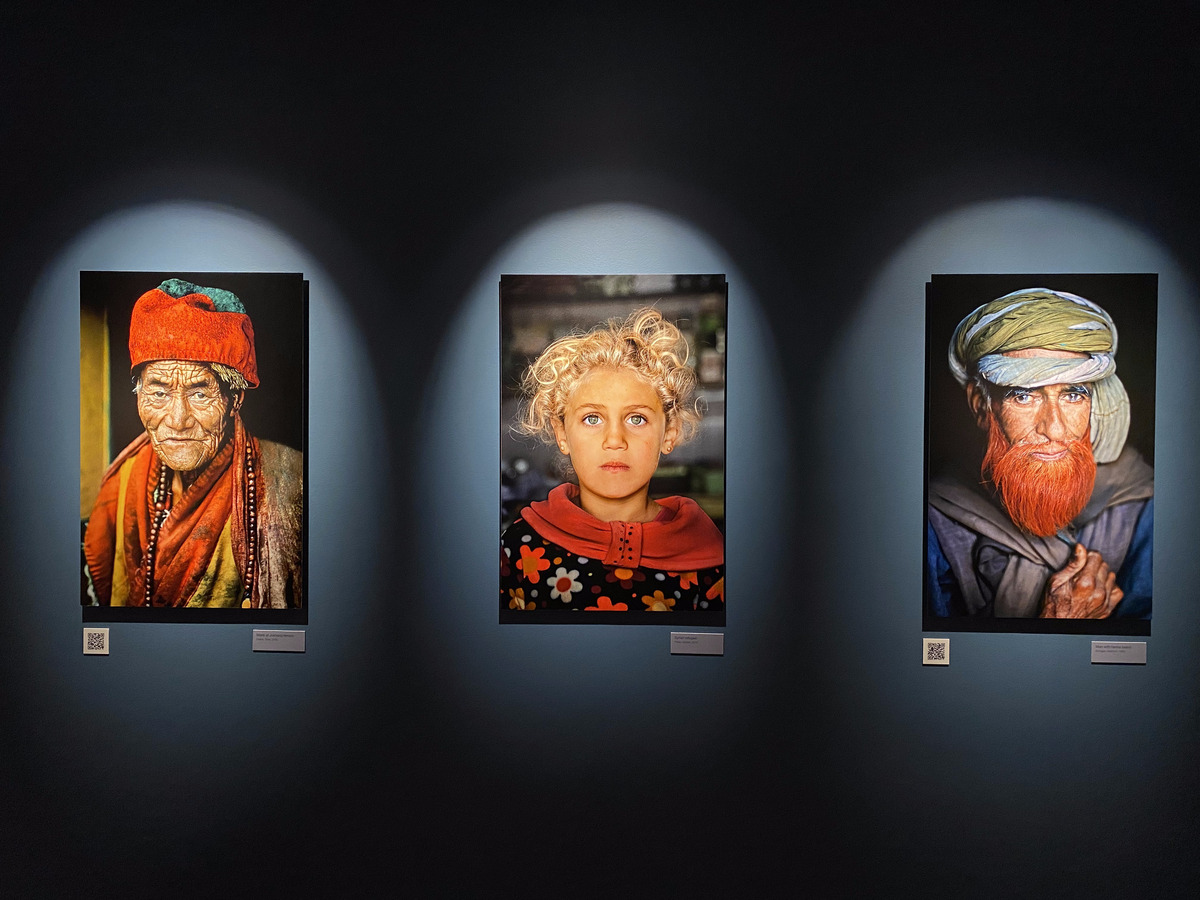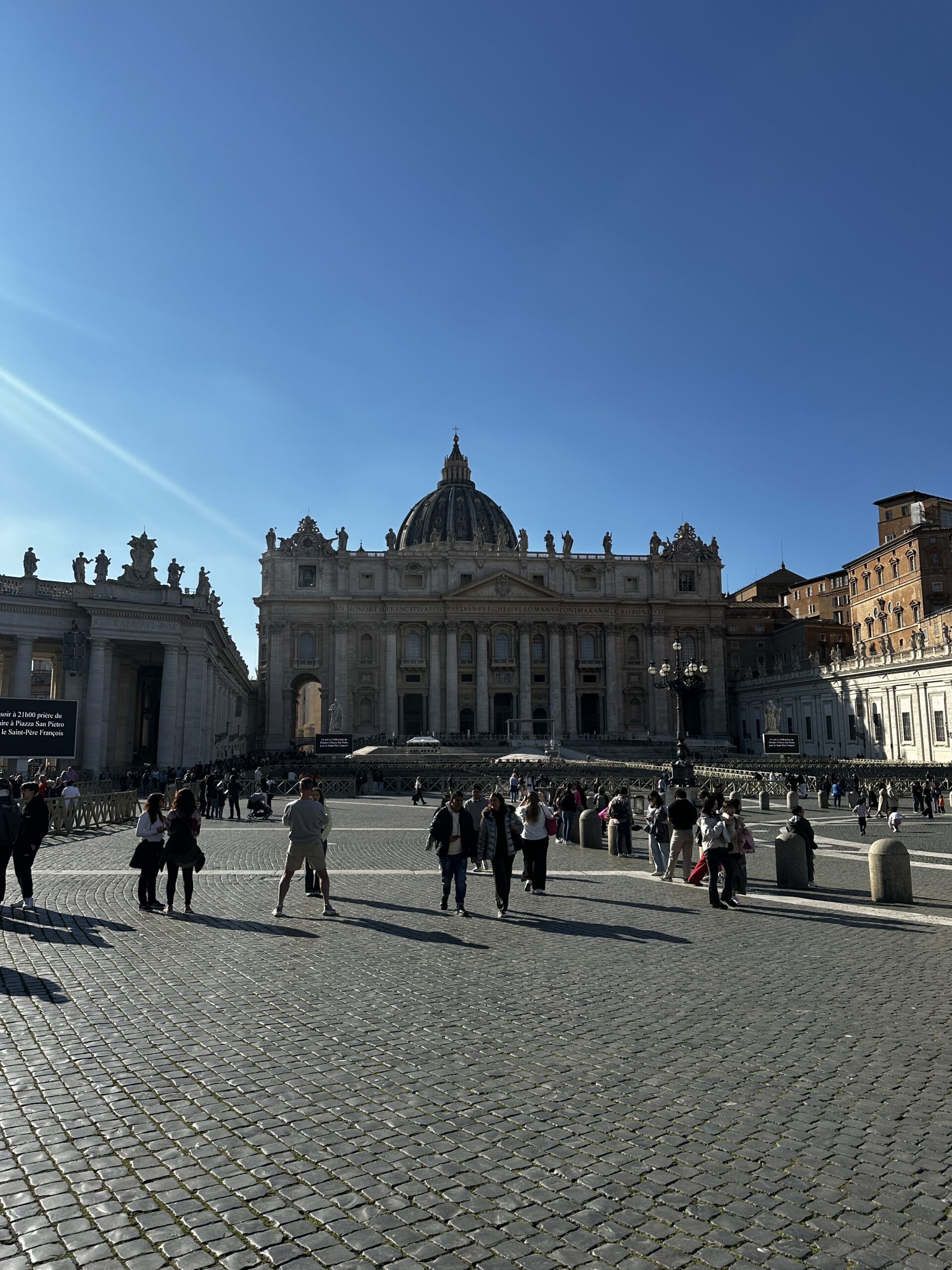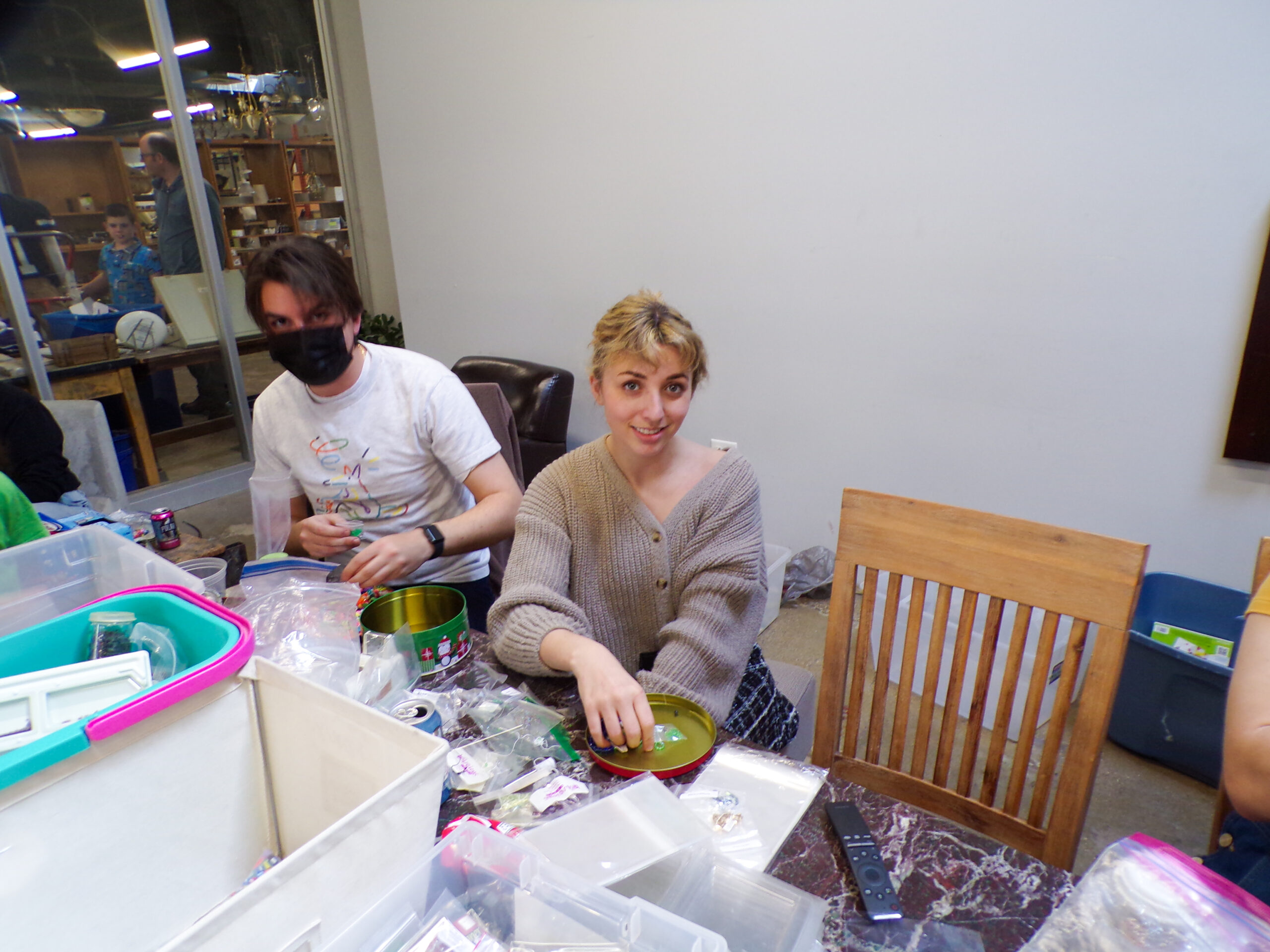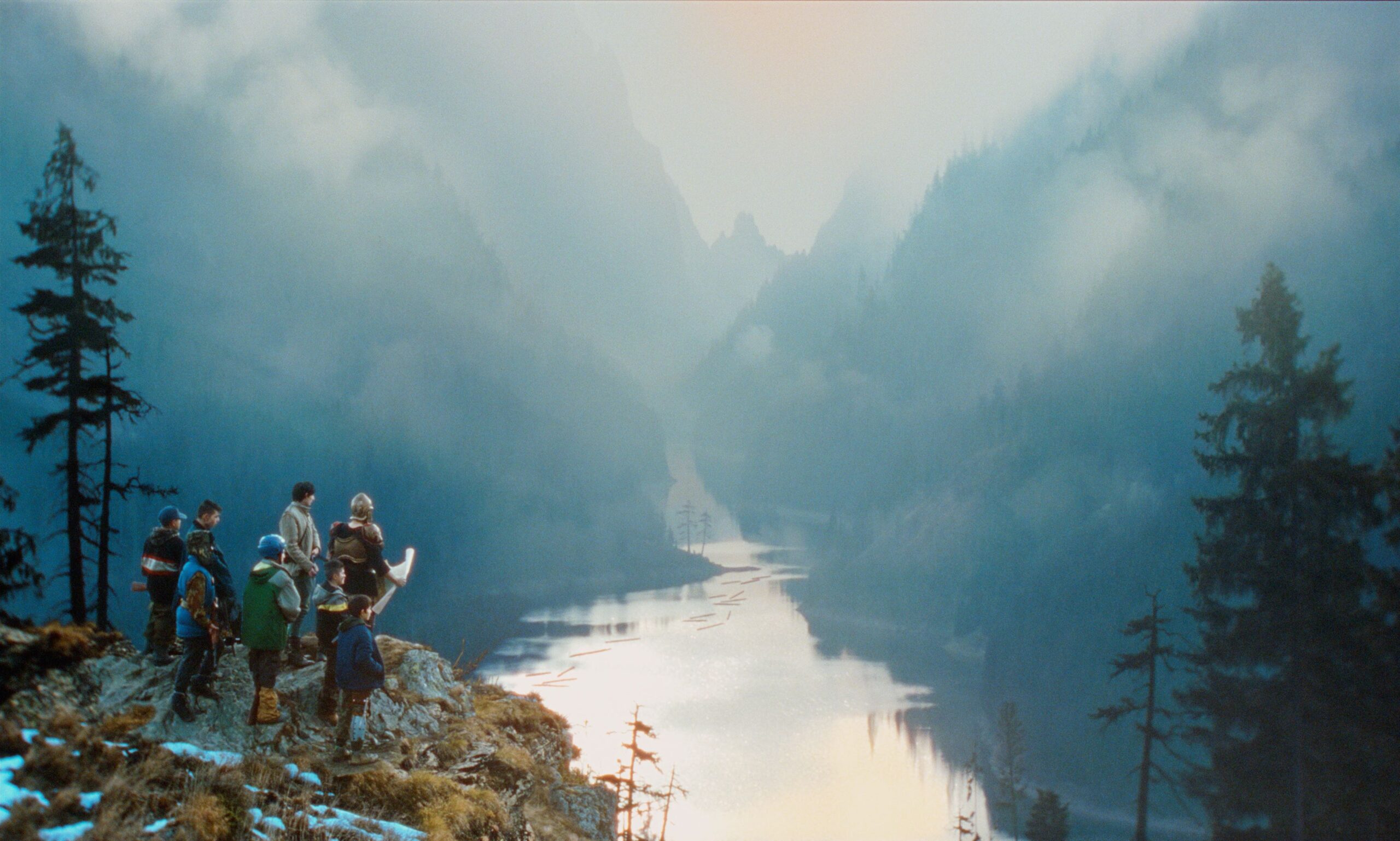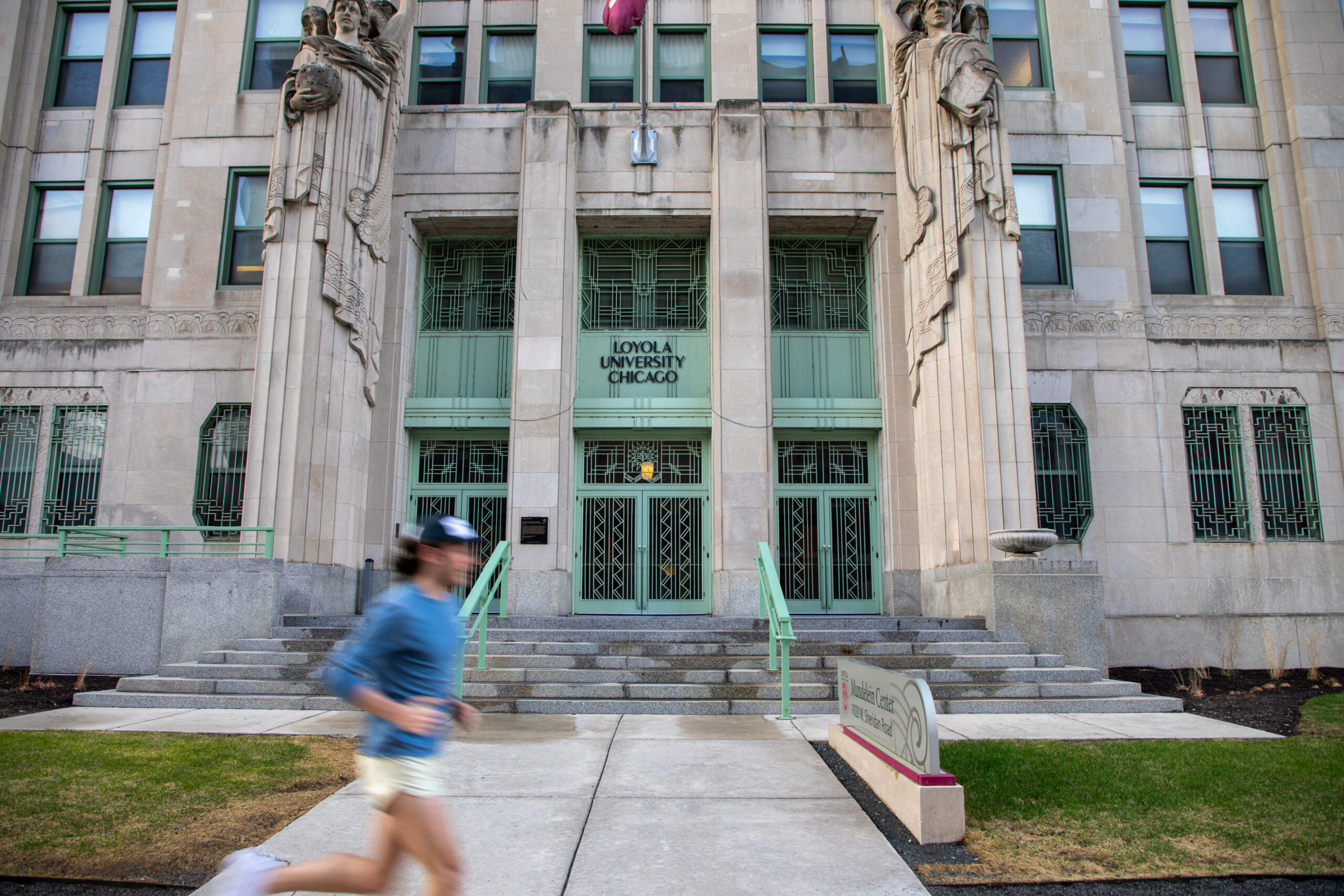Writer Julia Soeder reviews the extensive “ICONS” exhibit by Steve McCurry at the Loyola University Museum of Art.
Showcasing the work of one of the most influential contemporary photographers, Steve McCurry’s “ICONS” exhibit at the Loyola University Museum of Art gives Chicagoans diverse global perspective.
LUMA partnered with FeverUp — a live entertainment company — for this exhibition, which originally began in Madrid and is now moving to the U.S. for the first time at LUMA.
The red-bricked, Gothic-style building just a few steps from Loyola’s Water Tower Campus allows for a more intimate interaction with art pieces than Chicago’s Museum of Art. Loyola’s museum was founded in 2005 and has eight main exhibit galleries.
With approximately 150 visitors per day, LUMA gives museumgoers the chance to move at their own pace throughout the exhibit without feeling the crush of large crowds of tourists, according to LUMA’s manager of marketing and sales Kalina Chkoumbova. McCurry’s “ICONS” is featured in the second floor exhibition space and features his decades-long career covering areas of conflict, vanishing cultures and their traditions.

The exhibit features some of McCurry’s most iconic images from his travels to countries like Tibet, India and Pakistan. McCurry originally sought out these locations because of his love for their traditions and culture, speaking to the importance of remembering who we are as humans and what life is like on this planet, according to a video in the exhibit.
The bright photographs contrasted by the museum’s navy blue walls draw viewers in, but it’s the eyes featured in many of McCurry’s portraits that beg viewers to stop and stare.
Sharbat Gula — better known as “Afghan Girl” — is the best known example of McCurry’s striking images. The haunting photograph, featured on the June 1985 cover of National Geographic, shows the young refugee whose eyes look like prey caught in a fight for their life. Her rust-colored clothes illuminate her piercing green eyes. The photo seems to be popular among museumgoers, who appear to be inclined to take a moment’s reflection in front of the young girl.
McCurry’s human-centric photography has a way of forcing an introspective, meditative state when going through his collection. They seem to hold stories of pride, weakness and tribulations that transcend cultural barriers.
Two ash-covered fingers bring a small cigarette to the lips of an Afghan miner in McCurry’s photograph “Smoking Coal Miner.” His face is covered in soot and his hands appear permanently marked by life in the mines. His hard, proud stare speaks volumes to the spirit of Afghan people.
Small QR codes, located at the bottom corner of many of the museum’s images, allow for museumgoers to hear or read background on the images displayed before them. This interactive portion of the museum allows for a closer understanding of the photographs, deeply elevating the experience as a whole.
One of the most interesting snippets of the audio tour is tucked behind a wall halfway through the exhibit, which tells the story behind one of McCurry’s favorite photographs “Dust Storm.”

The bright orange and red hues around the group of women creates an incredible contrast with the sandy haze engulfing the world. McCurry’s first instinct was to protect his camera, but he soon realized cameras are passing but this picture was a once in a lifetime opportunity, according to the audio guide.
A common theme throughout the exhibit is when human instinct should’ve called McCurry away from a scene, he ran full force towards it.
McCurry and his camera were in New York City chronicling the attacks on Sept. 11, 2001. The apocalyptic-like scenes show the mushroom clouds forming as the tower was collapsing and the eerie yellow haze hanging over the site of the tragedy.
McCurry’s quest to capture humanity in its totality led him to this point in photography which transcends art and storytelling, placing him in the realm of a historian.
Walking through LUMA’s “ICONS” exhibit feels like taking a trip through human history. McCurry puts humanity on full display in his photographs, creating a fascinating time capsule for museumgoers to sift through.
“ICONS” is on display at LUMA through March 31.
Featured photo by Julia Soeder / The Phoenix

